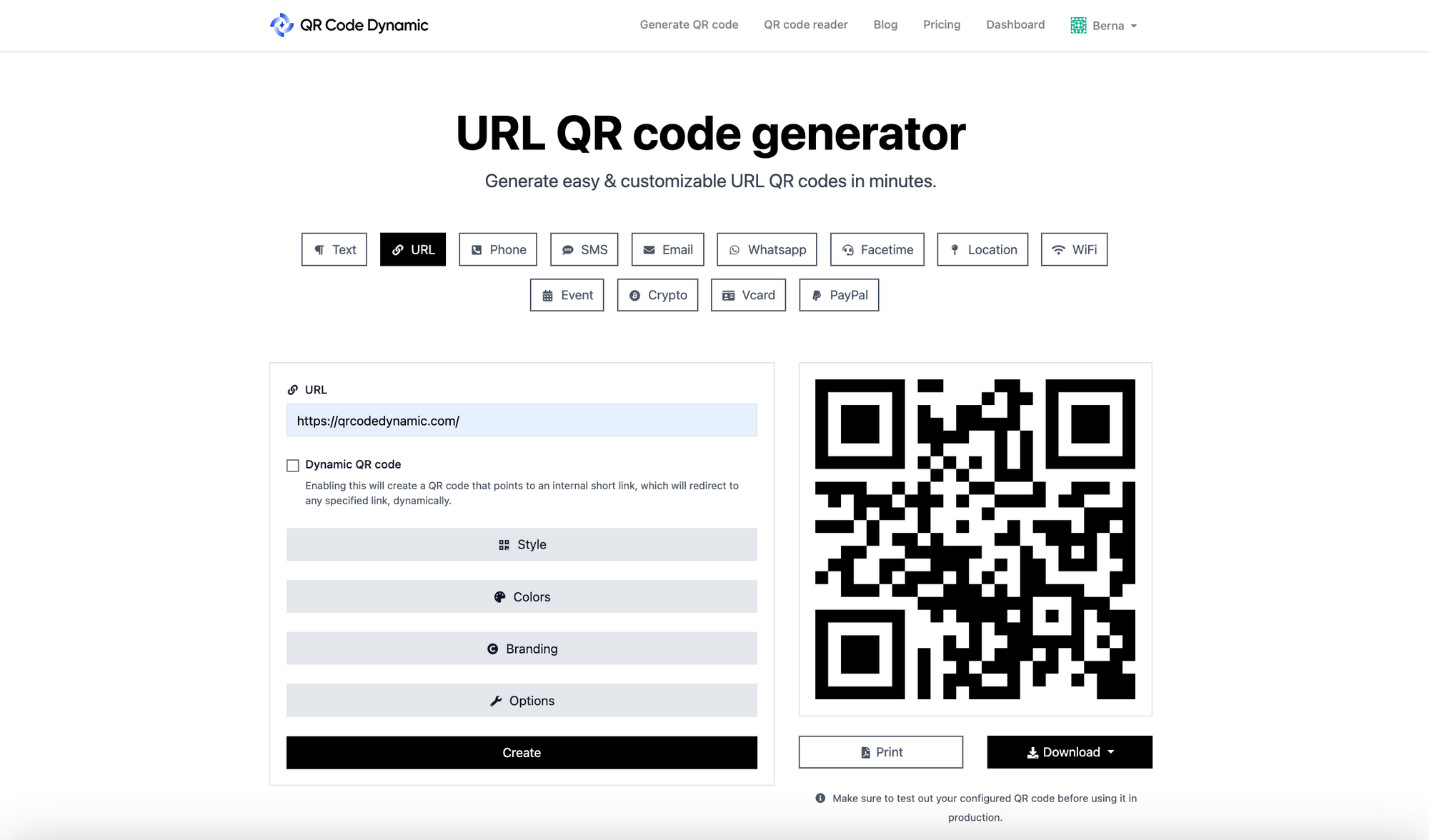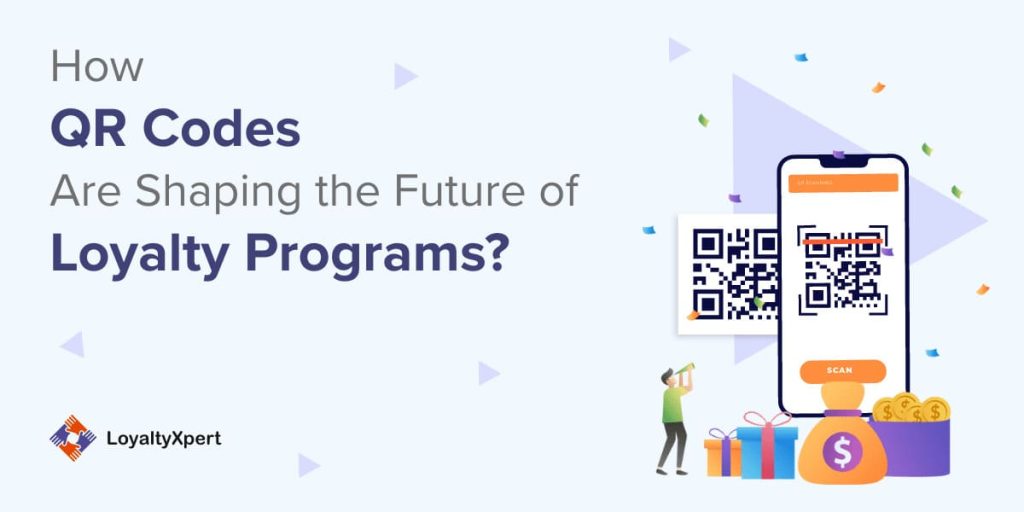Why Every Business Should Have a Loyalty System to Compensate Consumers
Wiki Article
Boost Consumer Retention With a Powerful Loyalty System
In today's competitive industry, improving client retention is not simply advantageous but crucial for sustained development. A properly designed commitment system serves as an essential tool in this endeavor, fostering purposeful relationships between companies and their clients. By understanding the basic parts of reliable loyalty programs, companies can tailor their approaches to meet diverse customer demands.Value of Consumer Retention
Customer retention is a keystone of lasting organization success. It reflects the capacity of a firm to keep its consumers satisfied and involved with time, resulting in repeat purchases and lasting success. Retaining existing clients is often much more cost-effective than getting new ones, as it reduces marketing expenses and promotes a dedicated customer base that promotes for the brand.
Additionally, high customer retention rates can boost a firm's track record on the market, drawing in new customers via positive word-of-mouth and referrals. Businesses that prioritize client retention are likewise much better positioned to gather important responses, allowing them to improve their offerings and address possible issues proactively. Eventually, efficient customer retention strategies create a solid structure for growth, allowing businesses to flourish in an increasingly affordable landscape.
Key Parts of Loyalty Programs
A well-designed loyalty program functions as a powerful tool for boosting client retention by giving rewards that urge repeat organization. To achieve this, several essential components have to be included right into the program.First, a clear structure for incentives is important. Clients should quickly recognize just how to earn incentives or factors, which can be based upon acquisition regularity, spending levels, or certain actions like recommendations. This openness promotes count on and motivates involvement.
Second, personalization plays a crucial role. Tailoring rewards and interaction to specific choices enhances client complete satisfaction and enhances partnerships. By leveraging information analytics, services can provide targeted promos that resonate with clients' interests.
Third, ease of usage is vital. A seamless sign-up procedure and an intuitive interface for tracking rewards can dramatically improve client experience. If clients discover it difficult to browse the program, they might disengage.
Last but not least, normal communication and updates regarding the program maintain it top-of-mind for clients. Educating them of brand-new rewards, exclusive offers, or program changes aids keep rate of interest and involvement.
Incorporating these components effectively can cause a much more effective commitment program that significantly enhances client retention.
Kinds of Commitment Solutions
Discovering different types of commitment systems discloses distinct techniques that organizations can embrace to cultivate client retention. One common kind is the points-based system, where clients earn factors for each purchase, which can later on be retrieved for incentives. This uncomplicated strategy incentivizes repeat purchases and maintains consumers engaged.
Cashback commitment programs, where consumers receive a portion of their purchases back as cash or store credit report, are also prominent. This design straight awards costs, developing an instant reward for customers to return.
Additionally, subscription-based commitment systems give clients with unique advantages for a reoccuring fee. This strategy not only guarantees a stable revenue stream but also promotes long-lasting partnerships with clients that value recurring advantages.
Last but not least, experiential loyalty programs concentrate on supplying unique experiences, such as special events or have a peek at this site customized services, enhancing psychological links and brand loyalty. Each kind of loyalty system provides distinct benefits, permitting companies to align their approaches with consumer choices.
Best Practices for Application
When applying a commitment system, businesses need to prioritize understanding their client base to customize the program effectively. Carrying out extensive research study to determine client preferences, inspirations, and actions is essential. This understanding will certainly assist the layout of the commitment program, guaranteeing it resonates with the target market.Picking a version that straightens with consumer assumptions can boost engagement. Additionally, simplicity is crucial; clients ought to conveniently understand exactly how to gain and redeem incentives.
The commitment program must flawlessly link with point-of-sale systems, mobile apps, and client relationship management (CRM) devices to supply a natural experience. Services should regularly promote the loyalty program with different channels, making sure customers are conscious of the advantages.
Lastly, gathering ongoing feedback is necessary for continuous enhancement. Obtain customer input to refine the program and adjust to changing preferences, inevitably fostering long-term loyalty and boosting customer fulfillment.
Determining Commitment Program Success
Effectively applying a loyalty program lays the foundation for gauging its efficiency. To determine success, organizations have to develop clear metrics that align with their purposes. Trick efficiency indications (KPIs), such as client retention rates, typical deal value, and regularity of repeat acquisitions, provide beneficial understandings into program efficiency.
Another important action is the redemption price, which suggests how usually clients utilize their benefits. A high redemption price commonly mirrors a program's beauty and importance to customers. Additionally, tracking client involvement with participation in exclusive promotions or events can expose patterns in commitment habits.
Customer comments is additionally essential; surveys and focus teams can brighten understandings of the loyalty program, highlighting locations for enhancement. Examining consumer lifetime worth (CLV) can assist evaluate the monetary effect of commitment campaigns.
Executing these measurement techniques permits businesses to examine the program's performance continuously. This data-driven approach makes it possible for notified decisions for maximizing offerings, improving consumer experiences, and eventually cultivating deeper customer commitment. By frequently evaluating these metrics, organizations can guarantee their loyalty programs progress in tandem with customer assumptions and market characteristics.

Conclusion
In conclusion, a well-structured commitment program dramatically enhances customer retention by cultivating solid links through personalized rewards and reliable communication. Applying finest practices makes certain that the program continues to be pertinent and straightforward, while continuous click to find out more responses promotes recurring renovations. Inevitably, a powerful loyalty system not just boosts consumer satisfaction yet additionally drives repeat purchases, developing a devoted customer base that is essential for lasting service success and sustained profitability.Preserving existing customers is typically more cost-effective than getting new ones, as it lowers advertising and marketing costs and cultivates a devoted client base that promotes for the brand name.
In enhancement, high customer retention prices can boost a company's online reputation in the market, drawing in new consumers through favorable word-of-mouth and referrals.When applying a commitment system, organizations should prioritize understanding their client base to tailor the program properly. Businesses must consistently promote the commitment program via various channels, guaranteeing clients are mindful of the advantages.
Ultimately, a powerful view it loyalty system not just enhances customer satisfaction however likewise drives repeat purchases, developing a dedicated client base that is critical for long-term organization success and maintained profitability.
Report this wiki page